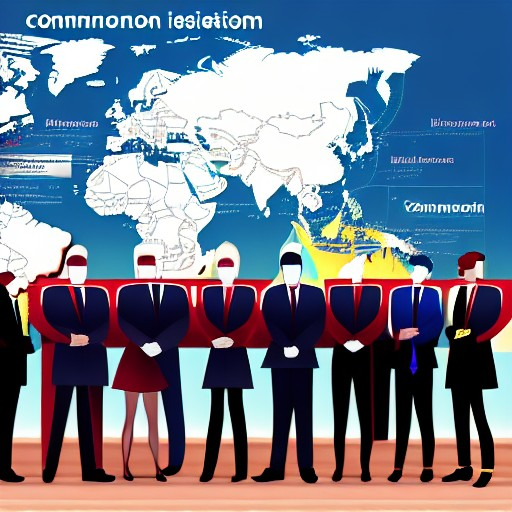Communication for Global Business: Strategies for Cross-Cultural Success
In today's interconnected global business environment, effective communication is critical for success. However, communicating across different cultures can be challenging, as different cultures have different communication styles, values, and expectations. In this article, we will discuss strategies for cross-cultural communication in global business.

Understand Cultural Differences
The first step in successful cross-cultural communication is to understand the cultural differences between yourself and the people you are communicating with. This includes understanding their communication styles, values, and expectations. For example, in some cultures, direct communication is preferred, while in others, indirect communication is more common. In some cultures, hierarchy is important, while in others, egalitarianism is valued.

Adapt Your Communication Style
Once you understand the cultural differences, you can adapt your communication style to better communicate with people from different cultures. This may include changing the way you speak, using different terminology, and adjusting your body language. For example, in some cultures, it is important to use formal language and titles when addressing people in positions of authority, while in others, using first names is more common.

Listen Carefully
Effective cross-cultural communication also requires careful listening. This means listening not only to the words being spoken but also to the tone, inflection, and body language of the speaker. It also means being aware of cultural differences in nonverbal communication. For example, in some cultures, maintaining eye contact is a sign of respect, while in others, it is considered rude.

Clarify and Confirm
To avoid misunderstandings, it is important to clarify and confirm what has been said. This means asking questions to ensure that you have understood the speaker's meaning correctly. It also means restating what has been said in your own words to confirm that you have understood correctly. In some cultures, it is common to use repetition and paraphrasing as a way of confirming understanding.

Be Patient and Respectful
Cross-cultural communication can take more time and effort than communicating with people from your own culture. It is important to be patient and respectful, especially if you are communicating with someone who is not fluent in your language. It is also important to be respectful of cultural differences and avoid making assumptions or judgments based on your own cultural norms.

Use Technology Effectively
Technology can be a valuable tool for cross-cultural communication, but it can also create barriers. It is important to use technology effectively and to be aware of cultural differences in the use of technology. For example, in some cultures, email is preferred over phone calls, while in others, face-to-face communication is valued.

Conclusion
In conclusion, effective cross-cultural communication is essential for success in global business. By understanding cultural differences, adapting your communication style, listening carefully, clarifying and confirming, being patient and respectful, and using technology effectively, you can overcome the challenges of cross-cultural communication and build strong relationships with people from different cultures.